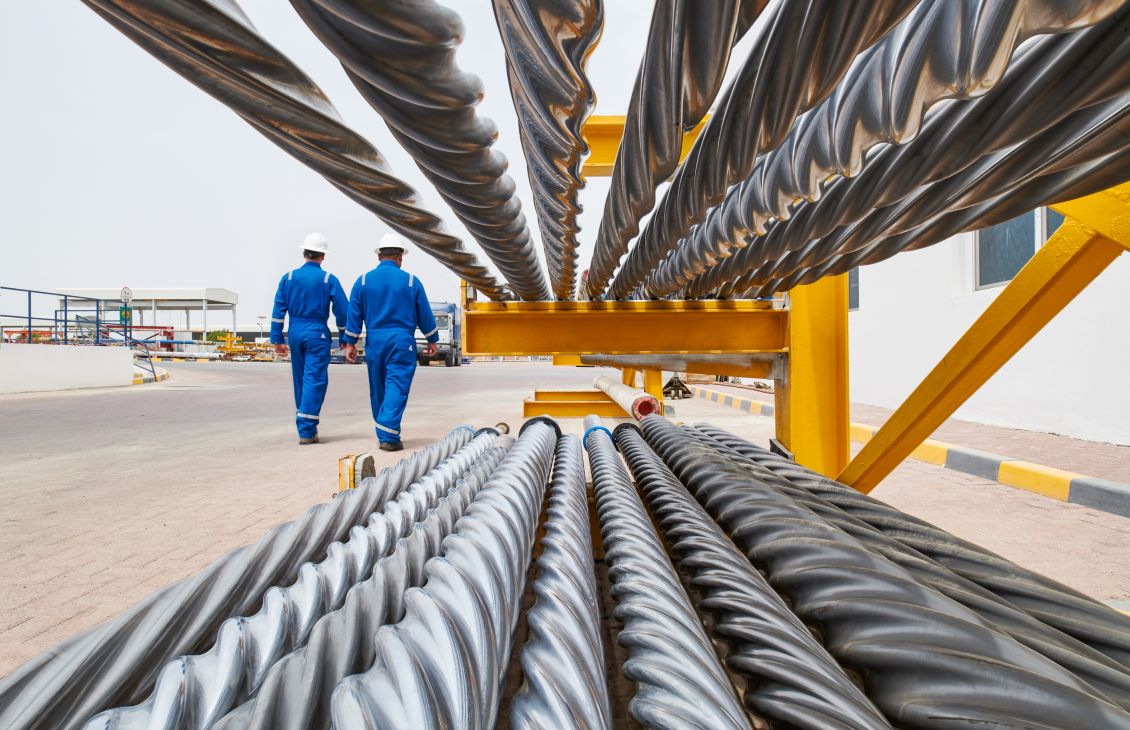

Defining Completions
The science of oil and gas well construction

Once a well has been drilled to total depth, evaluated, cased, and cemented, engineers complete it by inserting equipment, designed to optimize production, into the hole. The driver behind every well completion strategy, whether for a complex or basic well, is to recover as large a percentage of the original oil in place as possible.
The decision to case and cement a well for production or plug and abandon it as a dry hole relies heavily on formation evaluation (FE) using openhole logs.
Once FE log analysis indicates the existence and depth of formations likely to produce commercial volumes of hydrocarbons, steel casing is run in the borehole and cement is pumped behind it. Completion engineers then displace the drilling mud in the well with a completion fluid. This may be a clear fluid or brine formulated to be nonreactive with the formation.
A primary reason to cement casing is to prevent communication between producing zones, thus engineers run a cement bond log to ascertain that the cement sheath between the casing and the borehole wall is without flaws. If gaps exist, engineers remedy the problem by injecting cement through holes made in the casing at the appropriate depths. Engineers then perforate through the casing and cement sheath into sections of the formation where FE analysis indicates conditions are favorable for hydrocarbon flow.
BYLINE
Rick von Flatern
PUBLICATION
Oilfield Review

“Defining Completion,” is part of a series of introductory articles that provide concise, comprehensive, summaries of a wide range of industry topics. Whether new to the industry or just looking to review the basics, this short article is a resource for understanding the fundamental concepts around completions in the E&P industry.
Download the “Defining Completion” article here.
Transformative Technology
-

Defining Well Intervention
Extending the life of producing wells.
-

Defining Permeability
Discover how this downhole parameter affects production.
-

Defining Artificial Lift
Options and considerations in delivering the ideal system.
-

Defining Directional Drilling
The art of controlling wellbore trajectory.
-

Defining Reservoir Engineering
Application of engineering principles for evaluating and managing reservoirs.
-

Defining Geomechanics
Geomechanics is the study of how soils and rocks deform, sometimes to failure, in response to changes of stress, pressure, temperature and other environmental parameters.